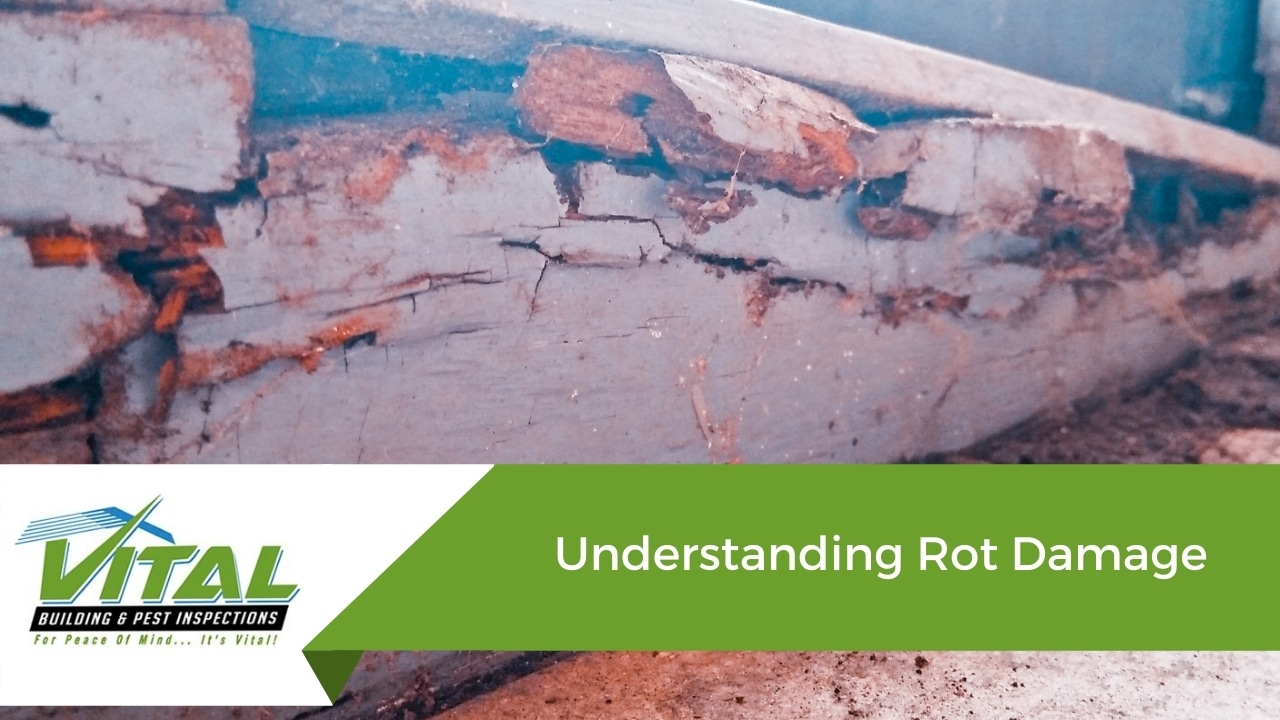Dealing with rot damage caused by fungi and moisture. CAUSES, EFFECTS, AND REMEDIES.
Timber is an affordable, long-lasting, and aesthetically pleasing material for different buildings, but it’s also prone to timber rot and fungal decay. Although frequent maintenance and treatment prevent this, it is easy to neglect these measures, but understanding the causes, effects and remedies of rot can greatly help minimise future structural damage to your property.
Causes of Timber Rot
Timber rot is a type of decay caused by a combination of fungi and moisture from leaking pipes, poor flashings, broken roof tiles, and leaking shower recesses. There are two types of rot, dry and wet, and both can lead to serious structural damage.
Causes of Dry Rot
Dry rot is also known as brown rot decay because the wood surface looks dry. Here, the fungi mainly target the cellulose in the wood’s structure in a process called cubical fracture where the wood shrinks, the colour becomes deep brown and breaks down into tiny cube-shaped bits.
Brown rot thrives at temperatures between 18 to 32 degrees Celsius and only needs 20% moisture content to grow. It infects more timber than wet rot and can also infect masonry if left untreated.

Common Signs of Dry Rot
- Decaying or damaged timber
- Musty or damp odour
- Deep cracks on the timber grain
- Grey strands on timber
- Easily crumbling timber
- Patches of orange-brown spore dust
- Fruiting bodies that look like big mushrooms
Causes of Wet Rot
Wet rot is also known as Cellar fungus. It is not considered as invasive as dry rot, but it can still inflict significant damage if left untreated. This affects wet timber having a moisture content of at least 50%.
Wet rot thrives in a damp or moist environment, especially if there’s poor ventilation and a constant source of moisture. It remains localised in the source of moisture and timber, meaning it does not travel through masonry.
Common Signs of Wet Rot
- Musty or damp odour
- Spongy or softened timber
- Weakened timber
- Distorted or discoloured timber
- Black-brown fungal growth
- Cracking timber

Effects of Timber Rot
Rot can affect the stability of a structure in numerous ways. Here are some of the specific effects of timber rot.
1. Reduced Building Stability
Timber frames or load-bearing timber are specially at risk. Several things can happen as the fungi devour more of the wood, such as:
- The timber will shrink. When this happens, the wood’s core structure no longer has enough resistance and internal pressure to maintain shape and strength. The wood then becomes soft and pliable. Slight external pressure can create serious deformation.
- The wood’s strength will start to diminish. It may reach a point where replacement may be the only option. Cracks are seen in the timber, which will be followed by shifts and splits in the brickwork and walls.
2. Health Risks
Dry rot is not considered to release toxic compounds or chemicals. It is not a big threat to the occupant’s health directly. However, some hypersensitivity cases caused by the fungus have been reported.
More importantly, the presence of dry rot is a sign of high levels of condensation and dampness. This may lead to respiratory problems and worsen underlying conditions like asthma and other health issues like eye irritation, exhaustion, headache, and skin rashes may also arise.
3. Cracks, Gaps, And Open Spaces
Timber rot will cause homes or buildings to be susceptible to external factors including bacteria, insects, mice, and other pests. These unwelcome visitors may be carriers of several diseases. The building interior must be well-sealed from these forces. Extra care should be observed for doors, windows, seams, and other possible entry points.
Remedies for Timber Rot
The number one rule in preventing wood from rotting is to control moisture. This can be done by regular maintenance of gutters, using dehumidifiers, improving insulation, and increasing ventilation. Exhaust fans are effective in removing steamy air from hot showers. If these preventive measures fail and rot still continues to occur, below are some suggested measures to address the issue:
Dry Rot Remedies
Fixing dry rot entails removing the affected timber up to a metre beyond the area where fungus is seen. Modern techniques utilise environmental controls like isolation and ventilation which ensures damp or poorly ventilated conditions don’t occur. Other techniques available prevent the timber from becoming damp enough for dry rot to attack such as:
- Joist hangers and new timber are used to replace decayed joists instead of placing them back on the brickwork.
- Ventilated skirting board details are used to improve the ventilation of a floor void.
- Affected areas are flushed with methylated spirit on a hot day – evaporation will help bring the moisture to the surface where it will dry off.
- If it is possible to salvage the timber, Earl’s Wood hardener can harden the rot-effected part into solid material.
Wet Rot Remedies
It is crucial to locate the source of moisture and mitigate dampness to fix the issue. The timber can also be isolated from the damp source first prior to treating the affected area. Some extreme cases may require the replacement of the damaged parts. However, most of the time a fungicide can stop the wet rot by applying it on the timber.
Fungicide is available as a concentrated form (for professionals to use in big areas) or as a ready-to-use product and is applied with a low-pressure sprayer or brush on doors and window frames. The treatment will eliminate the wet rot as long as the source of moisture is controlled. Affected timber can also be soaked in a wet rot wood hardener to give it strength.
Prevent the Damaging Effects of Rot with Vital Building Inspection
Preventive measures are vital to make sure that rot damage is detected before the situation gets worse. A building inspection will identify parts of the property that are affected and decaying, but this task should be designated to a professional – human senses alone can’t adequately assess potential moisture problems.
Our team at Vital Building Inspection can help you find and address the problems in your Sydney property. After finding the issues, we’ll also present solutions on how to resolve them immediately and effectively.
To book an appointment, make further enquiries or just find out more about our building inspection services call 0401 012 074, email us at support@vitalbuildinginspection.com.au or visit us online at https://vitalbuildinginspection.com.au.







